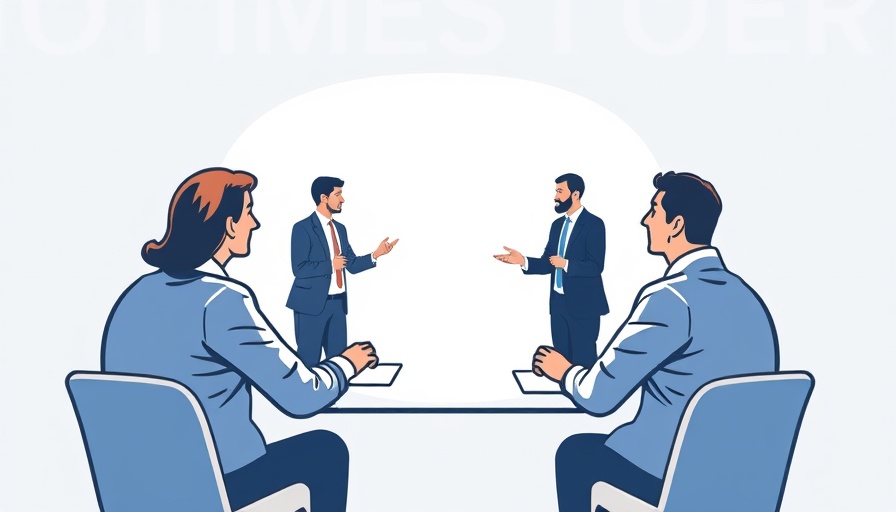
Understanding the Complexities of Innovative Workplace Culture
In today’s fast-evolving business landscape, organizations strive to foster innovative cultures that encourage creativity and adaptability. However, what's less discussed is that not every employee thrives in these environments; and acknowledging this discrepancy is vital for true cultural transformation. People leaders and executives must recognize that while innovative cultures benefit many, they can disproportionately stress others who may prefer stability over constant change.
The Role of Psychological Safety in Workplace Transformation
Creating an innovative culture hinges significantly on psychological safety—allowing employees to voice ideas without fear of repercussions. This environment promotes trust and collaboration among team members. Leaders who prioritize psychological safety cultivate a hybrid workforce where diverse perspectives enhance problem-solving and creativity, essential for navigating significant organizational shifts.
Embracing Change Management: A Strategic Imperative
As companies pursue culture transformation, they must implement effective change management strategies. This means preparing teams for ongoing changes while equipping them with the right tools and support systems. DEI (Diversity, Equity, and Inclusion) initiatives should be integrated into these transformations to ensure that all voices are heard and valued, enhancing employee trust and engagement.
Inclusive Leadership: Navigating Generational Differences
In this era of generational divergence in the workplace—spanning Baby Boomers to Gen Z—leadership styles must adapt. Inclusive leadership fosters collaboration between traditional values and contemporary expectations, bridging gaps in understanding and communication. This approach not only cultivates an innovative environment but also enhances team dynamics across diverse groups.
Preparing for Future Workplace Evolution
As we move forward, the workplace environment will continue to evolve. Companies that prioritize their company values and cultivate resilience will thrive. Leaders are urged to reflect on the diverse needs within their teams and to realize that creating an innovative culture is not merely a checkbox exercise but a continuous journey of listening, learning, and adapting.
As we consider workplace evolution, it’s imperative to embrace both innovation and the uniqueness of individual comfort zones. While fostering a cutting-edge company atmosphere, organizations must also ensure that they don't alienate those who may not flourish amidst constant change. Let’s aim for innovation that is inclusive and adaptable, recognizing the diverse needs of the workforce.
 Add Row
Add Row  Add
Add 




Write A Comment